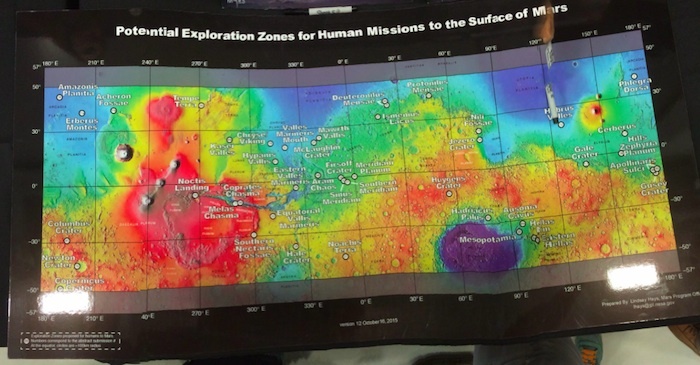30.06.2023

According to simulations of the red planet’s past climate and axial tilt, gullies observed on Mars’ surface could have formed by melting water ice during periods of high obliquity, researchers report in a new study. Although the gullies observed on Mars resemble similar water-carved formations on Earth, they mostly exist at elevations where liquid water is not expected under the planet’s current climate and atmospheric conditions. It’s been suggested that sublimation of carbon dioxide (CO2) ice could have formed these gullies. However, the mechanism underlying this process is uncertain, as the process lacks an Earth analog and cannot fully explain the distribution of Mars’ gullies. Another hypothesis suggests that small amounts of liquid water created the gullies during earlier climate conditions more conducive to the melting of water ice. Furthermore, previous studies have shown that during periods of higher obliquity in Mars’ past, water ice could have accumulated in locations that now contain gullies. To better understand the role liquid water may have played in forming these features, James Dickson and colleagues used a three-dimensional global circulation model of Mars to simulate how the planet's climate differed when its axis tilted by varying amounts over the last million years. Dickson et al. found that at 35° obliquity, locations of current gullies – areas that have abundant water ice near the surface today and likely had tens of meters more within the last million years – reached pressures of more than 612 pascals and ice surface temperatures likely surpassed 273 Kelvin (the melting point of water ice). As a result, melting ice could have stayed liquid during periods of high obliquity, carving gullies in the high-altitude areas where they are currently found. Using these findings, Dickson et al. propose a new scenario for Martian gully formation and evolution that incorporates both liquid water- and sublimating CO2-based processes.
Quelle: AAAS
